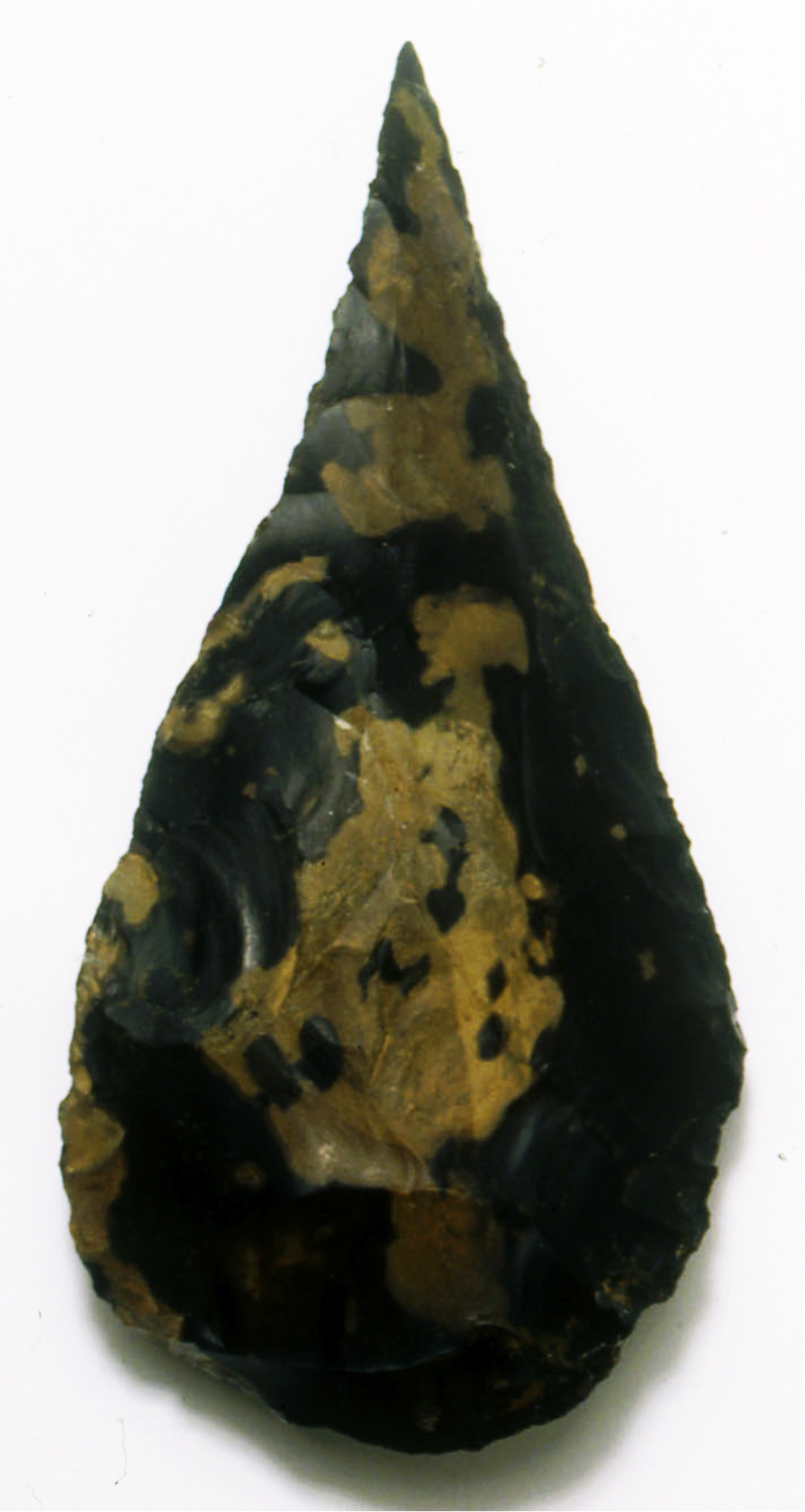
Hoxne was the site of John Frere‚Äôs discovery in 1797 of handaxes, which he speculated might have belonged ‚Äòto a very remote period indeed‚Äô. The site has been the subject of investigation ever since (Evans et al. 1896; West 1956). The lower part of the sequence is formed of lacustrine sediments (Strata F‚ÄìC), which infill a kettle-hole formed in Anglian till. Strata F‚ÄìD span the early part of the Hoxnian (HoI‚ÄìHoII) that after a hiatus is followed by Stratum C (also known as the ‚ÄòArctic Bed‚Äô because of the presence of plant remains such as dwarf birch and dwarf willow). Above this sequence lies a suite of fluvial sediments followed by colluvial and solifluction units (Strata A and B). Excavations by John Wymer in the 1970s recovered two main handaxe assemblages, the ‚ÄòLower‚Äô and ‚ÄòUpper‚Äô industries (Singer et al. 1993). Recent fieldwork by the authors (Ashton et al. 2008) has re-examined the context of these assemblages and established that the ‚ÄòLower Industry‚Ä... [read more]
|



